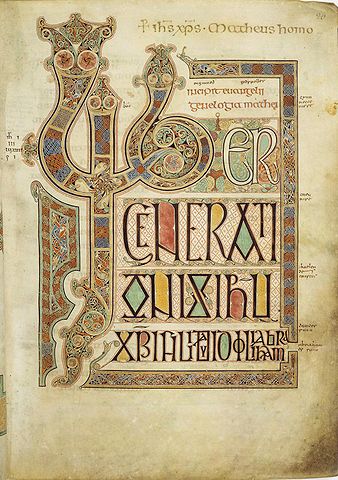 |
This is a file from the Wikimedia Commons. Information from its description page there is shown below.
Commons is a freely licensed media file repository. You can help.
|
 |
This is a featured picture, which means that members of the community have identified it as one of the finest images on the English Wikipedia, adding significantly to its accompanying article. If you have a different image of similar quality, be sure to upload it using the proper free license tag, add it to a relevant article, and nominate it. |
 |
This image was selected as picture of the day on the English Wikipedia for August 18, 2005. |
|
|
|

|
  This is a featured picture on the English language Wikipedia ( Featured pictures) and is considered one of the finest images. This is a featured picture on the English language Wikipedia ( Featured pictures) and is considered one of the finest images.
If you think this file should be featured on Wikimedia Commons as well, feel free to nominate it.
If you have an image of similar quality that can be published under a suitable copyright license, be sure to upload it, tag it, and nominate it.
|
|
|
| Description |
English: Folio 27r from the Lindisfarne Gospels, Incipit to the Gospel of Matthew. The main text contains the first sentence of the Gospel According to Saint Matthew: "Liber generationis Iesu Christi filii David filii Abraham" (The book of the generation of Jesus Christ, the son of David, the son of Abraham.)The first line contains the word "liber" (the book) with illuminated letters in insular majuscule, the first three letter (lib) are much more ornate than the last two (er) in white. The next two lines are in runic capitals (ie. latin letter in a rune inspired script, also seen in the Book of Nunnaminster for example): the first of these lines partially containts the word "generationis" (generation in genitive case) as "-onis" appears in the next line followed by the contracted form of "Iesu", namely "Ihu" with a tilde on the h. This type of contraction is called a Nomina sacra. The last line is in insular majuscule and begins with another Nomina Sacra, the contraction "χρi" with a tilde meaning "Christi". This is followed by a more compressed series of words. The first is "filii" (son, genetive) with a fi ligature and a letter "l" with two stacked "i" letters on its leg. Then "David" is seen and is formed with a letter "d" with an "a" stacked on a "v" in its Counter followed by "id". After that, "filii" is present again, this time however the fi ligature is replaced with the Greek letter phi (φ) given its name (note that son in Greek is υἱός, ie. unrelated). The last word is "Abraham" which is split into two lines.
Español: es:Evangelios de Lindisfarne
|
| Date |
8th century |
| Source |
http://www.bl.uk/catalogues/illuminatedmanuscripts/ILLUMIN.ASP?Size=mid&IllID=2222&MSID=6469 |
| Author |
Eadfrith of Lindisfarne (presumed) |
Permission
( Reusing this file) |
This is a faithful photographic reproduction of an original two-dimensional work of art. The work of art itself is in the public domain for the following reason:
| Public domainPublic domainfalsefalse |
 |
This work is in the public domain in the United States, and those countries with a copyright term of life of the author plus 100 years or less. |
|
This file has been identified as being free of known restrictions under copyright law, including all related and neighboring rights.
|
The official position taken by the Wikimedia Foundation is that "faithful reproductions of two-dimensional public domain works of art are public domain, and that claims to the contrary represent an assault on the very concept of a public domain". For details, see Commons:When to use the PD-Art tag.
This photographic reproduction is therefore also considered to be in the public domain. Please be aware that depending on local laws, re-use of this content may be prohibited or restricted in your jurisdiction. See Commons:Reuse of PD-Art photographs.
|
|
File usage
The following pages on Schools Wikipedia link to this image (list may be incomplete):
Wikipedia for Schools was collected by SOS Children. SOS Childrens Villages is there for the children in our care until they are ready for independence. Will you help another child today?



